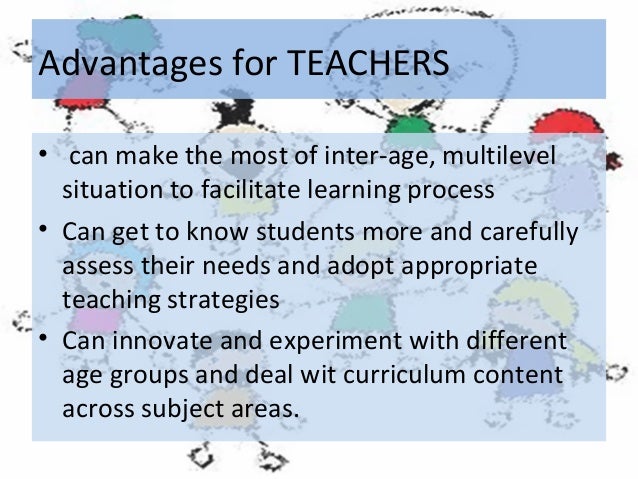
- Multigrade Teaching Strategies
- Teaching Multigrade Classes Pdf

Multigrade Teaching Strategies

Teaching Multigrade Classes Pdf
This ERIC digest reviews the history of the multigrade classroom, and summarizes research findings on multigrading effects on achievement and attitude. It also states requirements of teaching and learning in multigrade classrooms. Multigrade classrooms have ranged from the one-room schools of the early 1900s to the ungraded classroom of the 1960s and 1970s, to the cost effective two grade classrooms of today. Teachers are usually not trained to work in multigrade classrooms, and they face the challenge of working in school systems where single grade classrooms are the norm. Research evidence indicates that being a student in a multigrade classroom does not negatively affect academic performance, social relationships, or attitudes. Skills and behaviors required of multigrade teachers may be different, and coordinating activities can be more difficult. Six key instructional dimensions affecting successful multigrade teaching have been identified from multigrade research: (1) classroom organization; (2) classroom management and discipline; (3) instructional organization and curriculum; (4) instructional delivery and grouping; (5) self-directed learning; and (6) peer tutoring. Effective teachers share instructional responsibilities with students. A context of clear rules and routines help students develop independence. Teachers plan whole-class instruction that revolves around open task activities. (KS)
Being a teacher is one of the most demanding jobs around, and it can be made even more challenging if you’re in charge of teaching multi-grade classrooms. These groups, also known as split or combination classrooms, are made up of students from two or more grade levels. Them to teach in a multigrade class (e.g., Pratt & Treacy, 1986), while feelings of neglect, isolation, lack of support and dissatisfaction with the quality of their work were expressed by some (e.g., Perras, 1983; Strauber, 1985). Positive features of multigrade teaching include the opportunities for more social. Communicate to parents through a class website. Plan to teach each lesson in half of the time (or less). For example if you would spend 1 hour on math in a single-grade class, spend ½ hour teaching and helping the 1. Grade before spending a ½ hour teaching and helping the 2.



